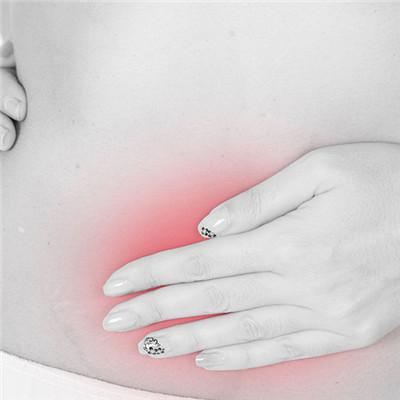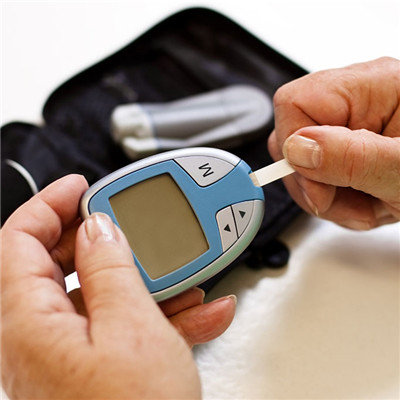Symptoms of mesenteric lymphadenitis?
summary
Mesenteric lymphadenitis, also known as nonspecific mesenteric lymphadenitis, was first proposed by brenneman (1921). It is common in children and adolescents, with fever and acute abdominal pain as its clinical characteristics. Drug treatment is effective in general cases, and surgical treatment is needed in a few cases of mesenteric lymphadenitis with abscess after suppuration. Symptoms of mesenteric lymphadenitis? Let's talk about it.
Symptoms of mesenteric lymphadenitis?
The typical symptoms of adult mesenteric lymphadenitis are sore throat, tiredness and discomfort after upper respiratory tract infection, followed by fever, abdominal pain, vomiting, sometimes accompanied by diarrhea or constipation. About 20% of patients have cervical lymph node enlargement. Abdominal pain is the earliest symptom of the disease, which can be found in any part.

Because the lesion mainly invades a group of lymph nodes in the terminal ileum, it is common in the right lower abdomen. The nature of abdominal pain is not fixed, and it can be manifested as dull pain or spasmodic pain. The children feel better between the two pain intervals. The most sensitive tenderness site may be different in each physical examination. The tenderness site is close to the midline or on the high side, which is not fixed in acute appendicitis.

Generally, after fasting, intravenous infusion, antibiotics and other treatment, abdominal pain can be significantly improved, without surgical treatment, but sometimes it is difficult to distinguish with appendicitis. If the symptoms do not improve after treatment, surgical exploration is recommended. When the patient has fever, abdominal pain, vomiting and upper respiratory tract infection, or occurs after intestinal inflammation, Acute mesenteric lymphadenitis should be considered in patients without abdominal muscle tension.

matters needing attention
Most of the characteristics of the disease are complicated by upper respiratory tract infection or intestinal infection. The clinical manifestations include fever, abdominal pain, vomiting and abdominal pain. The right lower abdominal pain is common. Paroxysmal, spasmodic pain, rebound pain and abdominal muscle tension are rare.



















